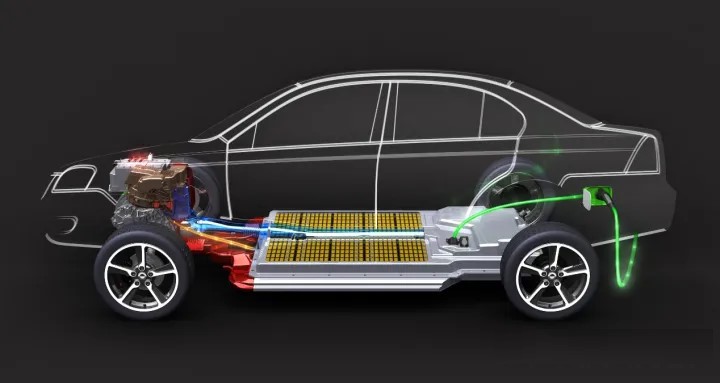When it comes to battery safety, BYD’s blade battery may spring to mind, but in fact, battery safety is not only a matter of cell materials, but also a systemic effort, including structural design, cell solutions, module materials and design, thermal management design, safety valve design, and so on. All the pieces are needed for a complete picture. Today, we’re going to talk about battery safety.
Comprehensive Battery-Centric Safety Strategy for Vehicles
In recent years, new-generation pure electric platform models from various automakers have evolved a comprehensive safety strategy centered around the battery itself, after accumulating experience through the development of oil-electric hybrid models and early pure electric platforms. Here, the safety strategy that revolves around the battery itself involves some changes to the battery’s casing, and some involves integration of the battery into the overall design of the vehicle’s body structure.
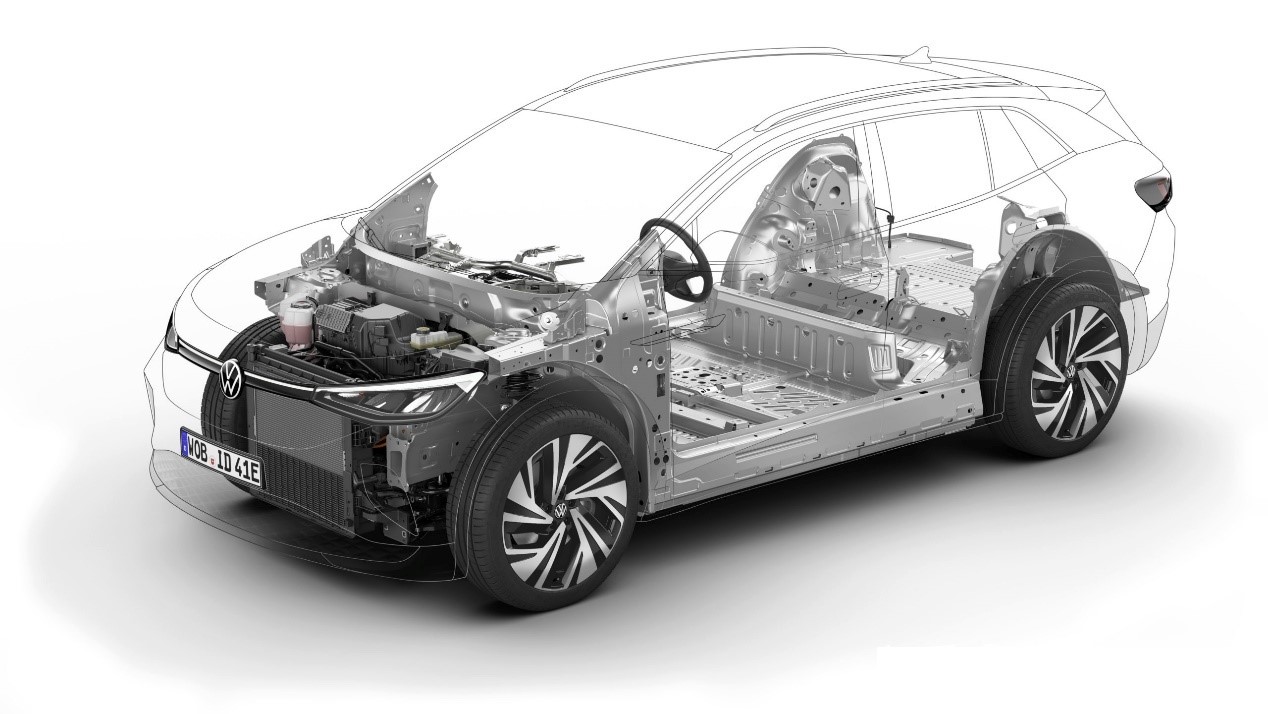
Initially, these changes were made to protect the battery itself. However, they have also enhanced the safety of the entire vehicle in the event of a collision. A most obvious example is the door threshold longitudinal beam designed to protect the battery from lateral compression, which provides remarkable passenger protection in the event of a lateral crash.

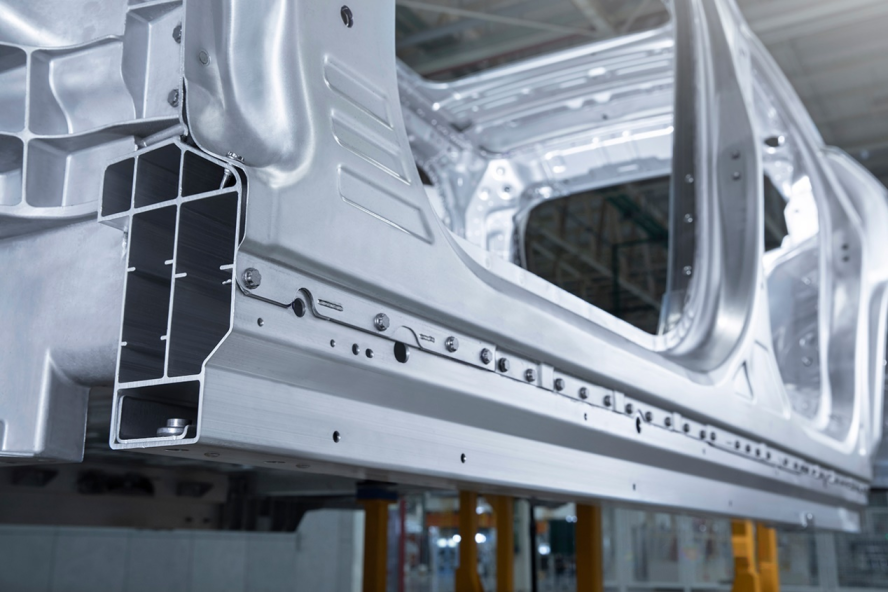 “`markdown
“`markdown
And some car makers have fully utilized the changes in vehicle body design caused by the existence of batteries. In the era of fuel cars, the front and rear floors of vehicles required longitudinal beams, a central channel, and transverse beams to be strengthened. After the appearance of battery boxes, the overall twist resistance of ordinary household cars with a twist resistance of only around 20000Nm/deg has been significantly improved to about 30000Nm/deg or even nearly 40000Nm/deg. These structural design improvements enhance not only safety but also driving, handling, and NVH performance.
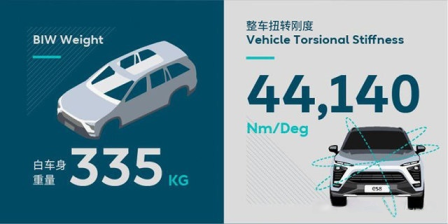
Different approaches to vehicle safety strategies: Designing battery cells at the cell level
Of course, some manufacturers have more persistent pursuits beyond just adding battery boxes. They start considering the overall vehicle safety strategies from the cell level layout.

For instance, some recent manufacturers have adopted a unique supine cell layout, which achieves higher volume and weight efficiency goals. Higher volume efficiency contributes more to the empty space of the whole vehicle, including not only vertical passenger space, but also longitudinal and lateral structural layout space. Higher weight efficiency means that more weight redundancy can be allocated to collision safety structure design with the same mileage goal.
“`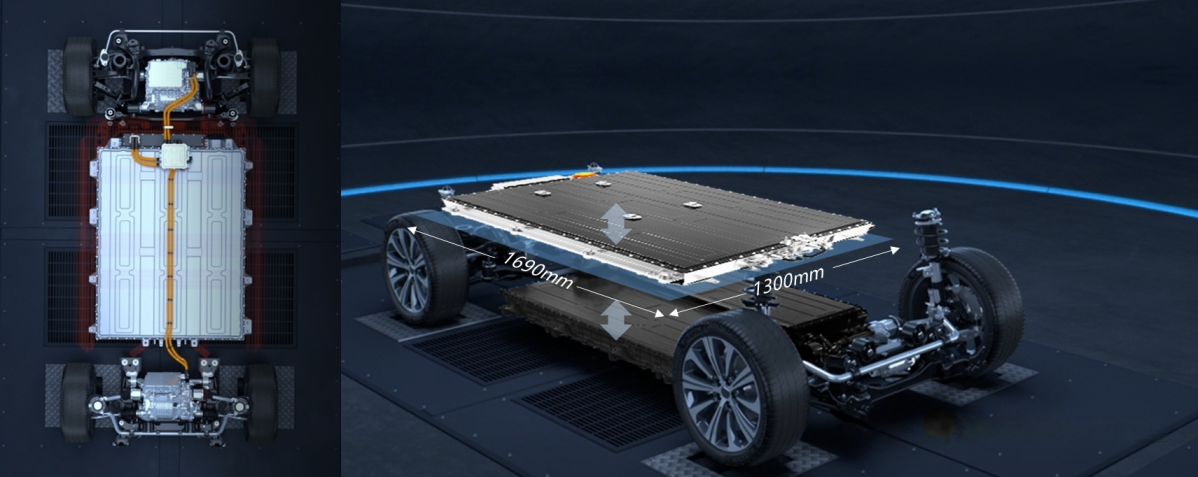
Recently, MG Mulan, which was launched synchronously in 18 countries around the world including Europe, has adopted this technology. The battery system based on this architecture is called “MoFang” battery by SAIC. Although the reason for this name is not explained, it is speculated that it is similar to the gameplay of “MoFang”, which is played by turning upside down left and right. The MG Mulan based on this scheme has great confidence in protecting various collision safety test standards including China C-NCAP, Europe Euro NCAP, Southeast Asia’s ASEAN NCAP, and China’s Mid-Research Institute’s CIASI. The confidence can’t be separated from the help brought by the cell level design scheme.
Oh, by the way, the weight efficiency exploding MG Mulan recently became the first pure electric vehicle within 150,000 yuan that undertakes the difference in national subsidy without raising the price in the trend of national subsidy decline and new energy vehicle price increase. Its high efficiency has brought excellent value for the range, and now it is further supported by national subsidy, which is really amazing.
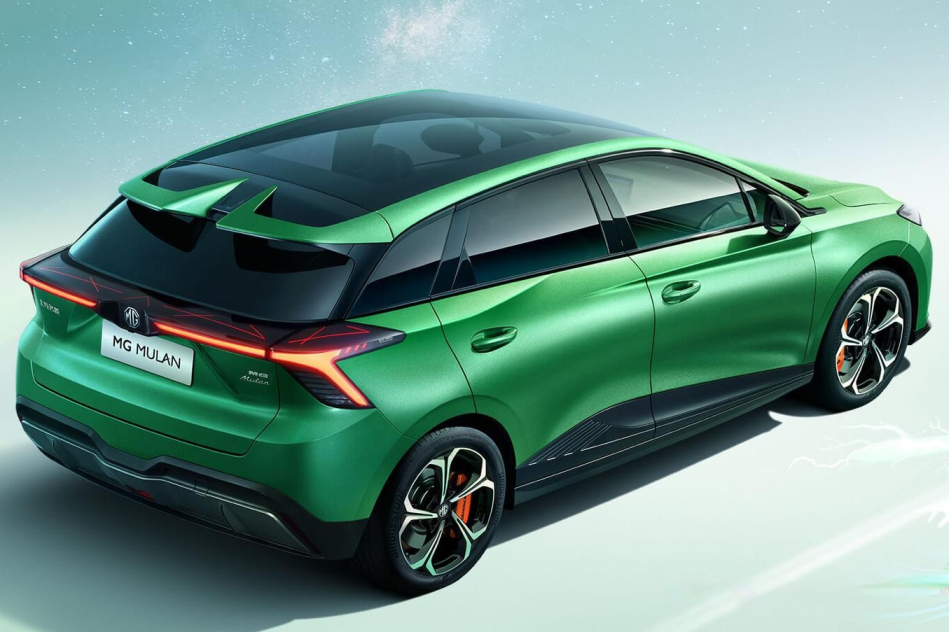
Unique cell design scheme and the accompanying advantages
The lying cell layout mentioned in the example of MG Mulan saves not only space and weight but also adopts a more unique cell electrolyte drainage technology and pressure self-adaptive management system to ensure that the cell can achieve the optimal pressure design throughout its service life, thereby ensuring the smooth flow of electrolyte throughout the service life, not producing barriers to lithium ion movement, greatly reducing the loss of active lithium and improving the cell’s service life. This also ensures the daily safety of the whole vehicle in terms of high-voltage three-electric.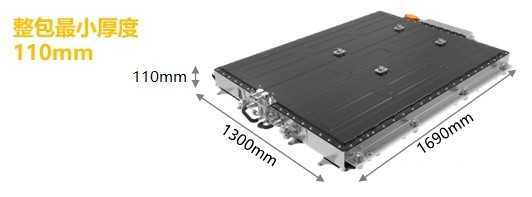
The additional benefit of the lying battery cell design is the decrease in the vehicle’s center of gravity height, as in the case of MG Mulan, which has a relatively low center of gravity height of only 490mm, resulting in smaller turning inclinations, more stable handling, and a reduced likelihood of the car feeling floaty and difficult to control, just like what a CEO of another automaker said, “good handling is true safety”.
Moreover, the even thinner battery space creates more possibilities for soundproofing between the battery and the passenger cabin in the vertical direction. The soundproofing layer placed between the bottom of the passenger cabin and the battery compartment elevates the vehicle’s NVH performance to a higher level.

【The even thinner battery creates more possibilities for soundproofing and thus brings better NVH performance while saving space.】
Conclusion
From the electric vehicle’s safety strategy centered around the battery to the different problem-solving ideas concerning the vehicle’s safety strategy from the cell-level design plan, it is believed that everyone has a new understanding of the safety performance of the brand new pure electric platform vehicles on the market. Electric cars are not necessarily less safe than gasoline vehicles.

This article is a translation by ChatGPT of a Chinese report from 42HOW. If you have any questions about it, please email bd@42how.com.
